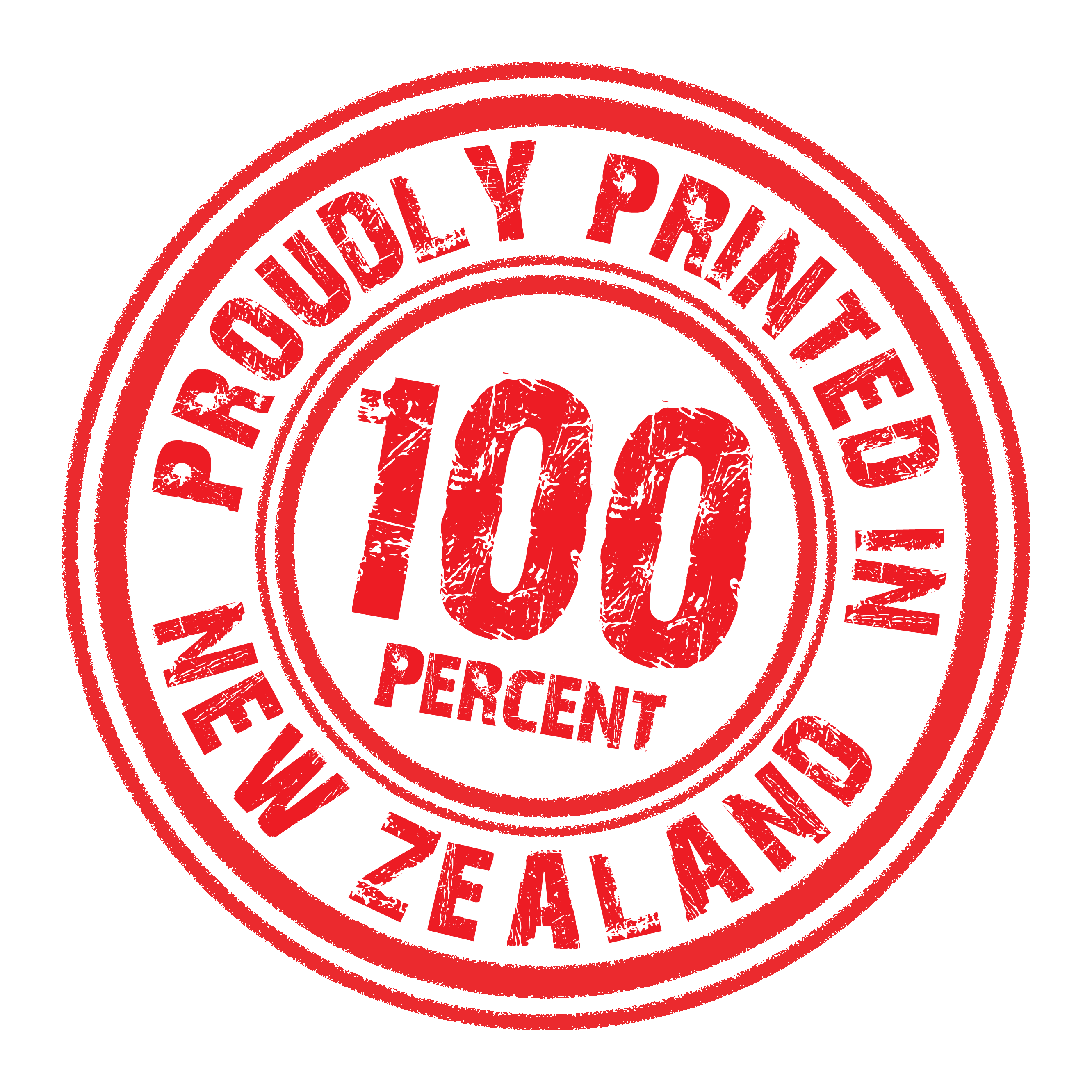A GUIDE FOR PROFESSIONAL PRINTING
When it comes to producing high-quality printed materials, having print-ready artwork is an essential step that can greatly impact the outcome. Print-ready artwork is the meticulously prepared design file that meets all the technical requirements for flawless printing, ensuring your materials look just as stunning on paper as they do on your screen. Whether you’re crafting business cards, brochures, posters, or other print products, following these guidelines for print-ready artwork will help you achieve impressive results.
- Resolution Matters: Images used in your design should have a resolution of at least 300 dots per inch (DPI) to ensure sharpness and clarity. Low-resolution images may appear pixelated or blurry when printed.
- Choose the Right Colour Mode: For most print projects, use the CMYK colour mode, which stands for Cyan, Magenta, Yellow, and Key (black). This colour mode is optimized for printing and ensures accurate colour representation.
- Embed Fonts: To prevent font-related issues, embed all fonts in your design file. This ensures that the correct fonts are used during printing, even if the printer doesn’t have those fonts installed.
- Bleed and Trim: As mentioned in our previous article on print bleed, extend your design elements 1/8 inch beyond the final trim size to account for any slight cutting variations. This ensures that there are no unwanted white borders.
- Maintain Safe Zones: Keep important text, logos, and essential design elements within a safe zone that’s slightly inside the trim area. This precaution prevents crucial content from getting too close to the trim line and potentially being cut off.
- File Formats: Save your artwork in a high-quality, widely accepted file format, such as PDF. PDF files retain design integrity and can be easily shared with printers.
- Check for Errors: Thoroughly review your artwork for typos, design inconsistencies, and visual discrepancies. One last check can save you from costly reprints.
- Consult with Your Printer: Each printer might have specific requirements or preferences. Contact your chosen printer before finalizing your design to ensure that your artwork aligns with their specifications.
- Proofing: Before sending your artwork to print, request a proof from your printer. A proof is a sample of how your design will look on the final printed material. Review it carefully to catch any last-minute errors.
- Save a Copy: Always keep a backup copy of your print-ready artwork in its original format. This ensures that you can make future edits or adjustments if needed.
Creating print-ready artwork demands attention to detail and adherence to technical guidelines. By following these steps, you’ll not only streamline the printing process but also achieve professional and visually appealing printed materials that reflect your brand’s quality and professionalism.

